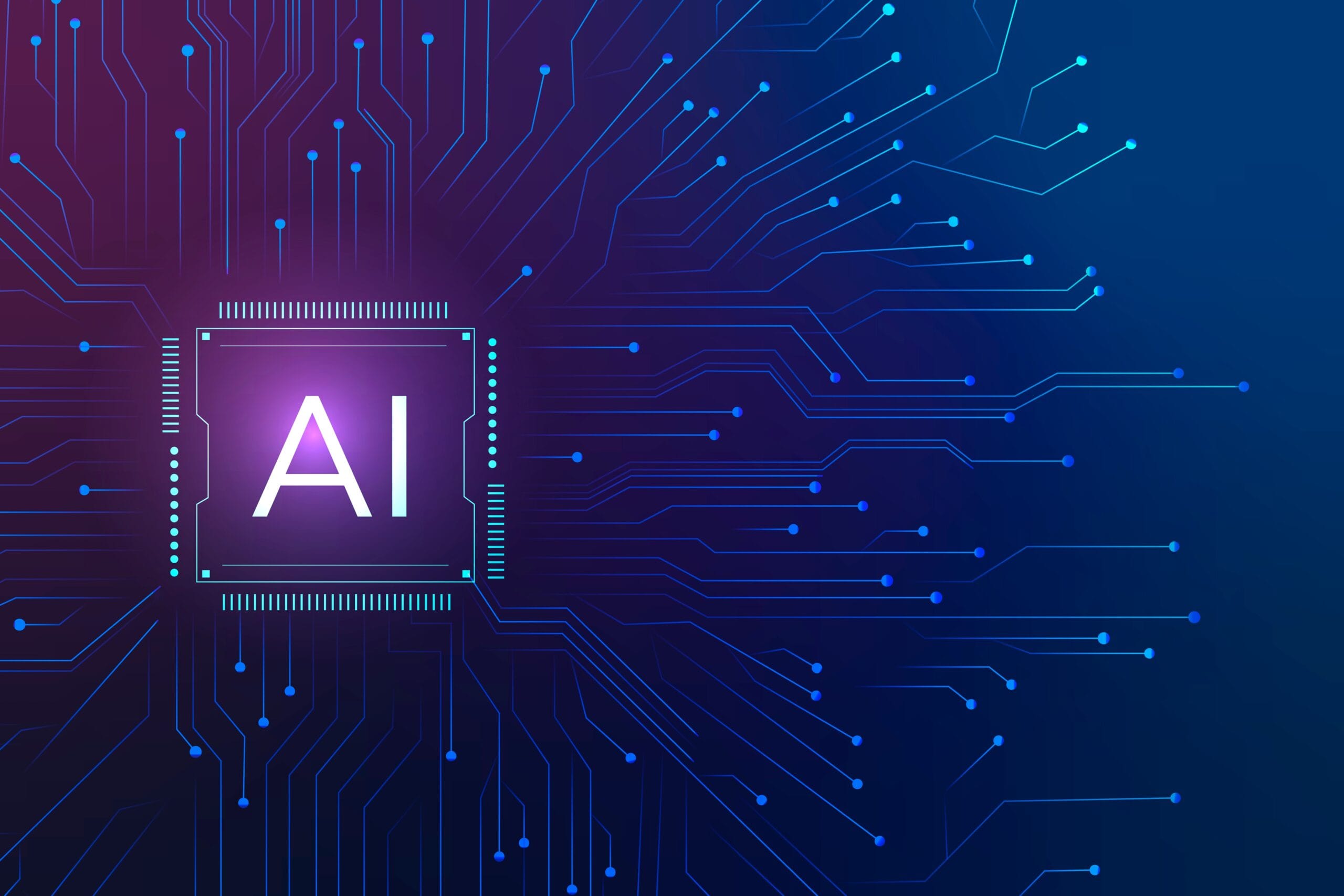
Introduction: Why Everyone is Talking About AI
- Introduction: Why Everyone is Talking About AI
If you open the news, scroll through Instagram, or even ask your smart speaker to play music, chances are you’ve already come across the term Artificial Intelligence (AI).
But let’s be honest—AI sounds complicated, right? Some people imagine robots taking over the world, while others think it’s only for scientists or big tech companies. The truth is: AI is already a part of your daily life, and understanding it doesn’t require a PhD.
This blog is your DIY-friendly, human explanation of AI. By the end, you’ll not only understand what AI really means but also see how you can use it in your everyday life—even if you have zero technical background.
What is Artificial Intelligence?
Artificial Intelligence, or AI, is just a set of techniques that allow machines to learn, think, and make decisions like humans do.
👉 Imagine teaching a child how to recognize fruits. You show them an apple, a banana, a mango—and over time, they learn to tell the difference. Similarly, AI learns by being trained on a lot of examples (called data) until it can recognize patterns on its own.
So, AI = Machines that can think and act smartly by learning from data.
Real-Life Examples of AI You Use Everyday
Without realizing it, you’re already interacting with AI multiple times a day.
- Google Maps: Predicts the fastest route by analyzing traffic in real-time.
- YouTube/Netflix Recommendations: Suggests videos or movies based on your past viewing habits.
- Voice Assistants (Alexa, Siri, Google Assistant): Understands your commands and responds.
- Spam Filters in Email: Automatically detect junk emails.
- Social Media Feeds: AI decides which posts you see first.
👉 So no, AI isn’t just robots in movies—it’s already helping you save time and effort every single day.
Types of Artificial Intelligence
To make it less scary, let’s divide AI into 3 simple categories:
1. Narrow AI (Weak AI)
- Does one specific task really well.
- Example: Siri answering your questions or Google Translate converting text.
- This is the AI we use today in daily life.
2. General AI
- A machine that can think and learn like a human in multiple areas.
- Example: A robot doctor who can also drive a car and write a novel.
- Still in research, not reality yet.
3. Super AI
- More intelligent than humans.
- Example: Sci-fi movies where robots take control.
- Currently just imagination, not real.
Why is AI So Important Today?
AI is like electricity for the 21st century—it powers almost everything around us.
- Saves Time: AI assistants handle repetitive tasks.
- Saves Money: Businesses use AI to optimize processes.
- Increases Accuracy: Doctors use AI to detect diseases faster than humans.
- Opens New Jobs: AI engineers, AI trainers, and even AI content creators.
👉 In short: AI is not taking jobs—it’s changing jobs.
Misconceptions About AI
Let’s bust some common myths that make people fear AI:
- “AI will replace all humans.”
❌ False. AI will replace repetitive jobs but create more skilled jobs. - “AI is dangerous and uncontrollable.”
❌ False. AI is built and controlled by humans with strict rules. - “AI can think on its own like humans.”
❌ False. Today’s AI only follows training—it doesn’t “feel” emotions. - “AI is only for experts.”
❌ False. With free tools, even students and beginners can try AI.
How Can You Try AI Yourself?
You don’t need to be a techie to start experimenting with AI. Here are simple DIY ways to play with AI:
- Chat with AI (like ChatGPT): Type a question → get instant answers.
- Image Generators (DALL·E, Canva AI): Turn your words into art.
- Voice AI (Google Assistant): Give commands to your phone.
- Free AI Coding Tools (Scratch with AI, Teachable Machine): Train simple AI models without coding.
👉 Try this DIY today:
- Visit Google Teachable Machine.
- Upload pictures of two objects (say, pen vs mobile).
- Train the AI.
- Test → it will now recognize what you show on webcam.
Easy, right?
How AI is Used in Different Fields
- Healthcare: Early cancer detection, robotic surgeries.
- Education: Personalized learning apps.
- Business: Chatbots for customer service.
- Entertainment: Games that learn and adapt to your style.
- Agriculture: AI-powered drones monitoring crops.
👉 Wherever you go, AI is silently making things better.
Future of Artificial Intelligence
The next 10 years of AI will bring:
- Smarter personal assistants (like Jarvis in Iron Man).
- Self-driving cars becoming common.
- AI teachers for personalized learning.
- AI helping solve climate change and space exploration.
But remember → AI is a tool, not a human replacement. It works best when humans and AI collaborate together.
FAQs:
Q1. What is Artificial Intelligence in simple words?
AI is when machines learn from data and act smartly, like humans.
Q2. Is AI difficult to understand?
No. If you can understand how a child learns by example, you can understand AI.
Q3. What are 3 examples of AI?
Google Maps, YouTube recommendations, and voice assistants like Alexa.
Q4. Can I learn AI without coding?
Yes. Many free tools allow you to try AI without any coding skills.
Q5. Is AI replacing jobs?
AI is automating repetitive jobs but also creating high-demand careers in AI and technology.
Q6. Which is the best AI tool for beginners?
Google Teachable Machine and ChatGPT are excellent starting points
Conclusion: AI is For Everyone
Artificial Intelligence is not just a buzzword for techies—it’s a technology that already lives in your pocket, in your home, and in your daily apps.
By understanding AI in simple terms and trying small DIY projects, you can see the power of this tool yourself.
👉 My advice: Don’t fear AI—learn it, use it, and grow with it.
Because the future is not AI vs Humans, it’s AI + Humans.


